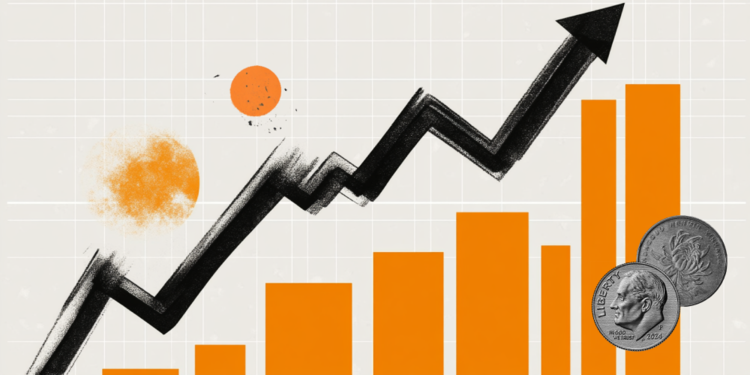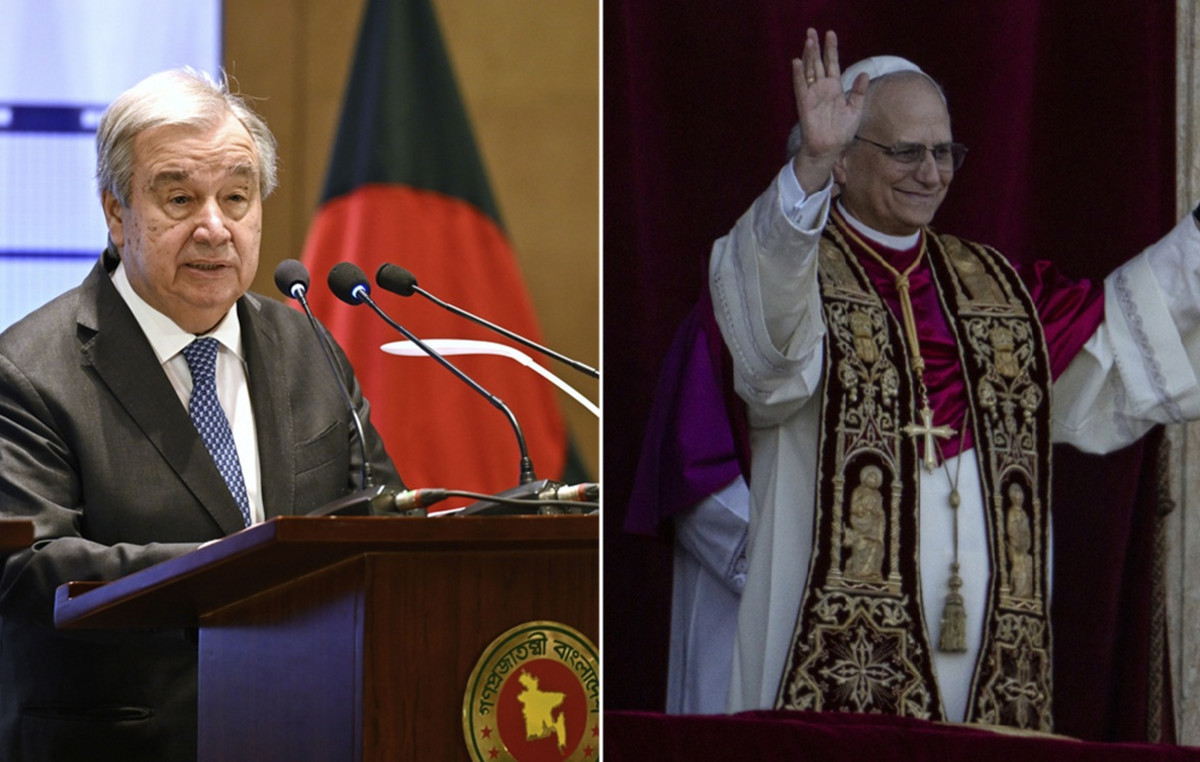- The USD/MXN falls to a minimum of two days in 19.59.
- The US dollar rebounded at the beginning of Wednesday with the news of the beginning of the conversations between the US and China next Saturday.
- No changes in the Fed interest rate are expected, the focus is on the words of Jerome Powell.
The USD/MXN opened Wednesday, testing a daily maximum in 19.68. After moving in a narrow rank during the European morning, the torque has fallen at the late American session to a minimum of two days in 19.59, where now losing losing 0.38% intradic.
The dollar remains stable even if it yields to the Mexican peso as the Fed announcement approaches
The American dollar index (DXY) rebounded at the beginning of Wednesday with the news that the US Secretary of the US Treasury, Scott Besent, and the US commercial representative, Jamieson Greer, will meet with their Chinese counterparts in Switzerland next Saturday. This is the first direct meeting between the two countries from the imposition of US tariffs to China.
The DXY index jumped at maximum of the day at 99.63 from 99.23 after the publication, although it failed to extend the profits the rest of the day, showing cautious waiting for the Fed monetary policy announcement.
The caution around the dollar is being used by the Mexican peso, which has optimism about possible tariff agreements. Donald Trump also announced yesterday at the last minute that there are agreements of agreements with several countries that could materialize in a couple of weeks.
The Fed decision, scheduled for 18.00 GMT, could generate volatility in the USD/MXN. The movement will not be for the decision of rates, since the market has discounted that it will remain unchanged by the third consecutive meeting in 4.5%, but for the comments that its president can make, Jerome Powell. A clearly restrictive posture by Powell could send to the dollar upwards, while an advance of cuts in June would weaken the green ticket, at least in the short term.
Read: Why is Fed expected to keep interest rates unchanged despite Trump’s pressure to lower them?
In the economic calendar of Mexico, the publication of the April inflation tomorrow Thursday. The consumption price index (CPI) is expected to increase slightly to 3.9% per year from 3.8% in March, while monthly underlying inflation could advance 0.43% compared to the previous 0.43%.
USD/MXN Price levels
The short and long term tendency is neutral, although the relative force index (RSI) of 14 points down in both temporalities. In case of extending the descent, the first support is at the minimum of this week registered on Monday at 19.54. Below, the objective will be at a minimum of 2025 reached on April 23 in 19.46. A rupture of this level would point towards 19.11/19.06, soils in October and September 2024, respectively.
Up, the USD/MXN clearly needs the mobile average of 100 periods in time graph at 19.64 to be able to move around 19.78, a roof of the last three weeks recorded yesterday. Above, the objective is in the psychological zone of 20.00.
Mexican weight FAQS
The Mexican weight (MXN) is the most commercialized currency among its Latin American peers. Its value is widely determined by the performance of the Mexican economy, the country’s central bank policy, the amount of foreign investment in the country and even remittance levels sent by Mexicans living abroad, particularly in the United States. Geopolitical trends can also affect MXN: for example, the Nearshoring process (or the decision of some companies to relocate the manufacturing capacity and supply chains closer to their countries of origin) is also considered a catalyst for the Mexican currency, since the country is considered a key manufacturing center in the American continent. Another catalyst for MXN is oil prices, since Mexico is a key exporter of the raw material.
The main objective of the Central Bank of Mexico, also known as Banxico, is to maintain inflation at low and stable levels (in or close to its 3%target, the midpoint of a tolerance band between 2%and 4%). To do this, the bank establishes an adequate level of interest rates. When inflation is too high, Banxico will try to control it by raising interest rates, which makes the indebtedness of homes and companies more cooling, thus cooling the demand and the economy in general. The highest interest rates are generally positive for Mexican weight (MXN), since they lead to higher yields, which makes the country a more attractive place for investors. On the contrary, lower interest rates tend to weaken the MXN.
The publication of macroeconomic data is key to evaluating the state of the economy and can have an impact on the valuation of the Mexican weight (MXN). A strong Mexican economy, based on high economic growth, low unemployment and high confidence is good for MXN. Not only attracts more foreign investment, but it can encourage the Bank of Mexico (Banxico) to increase interest rates, particularly if this fortress is accompanied by high inflation. However, if the economic data is weak, the MXN is likely to depreciate.
As an emerging market currency, the Mexican weight (MXN) tends to rise for periods of risk, or when investors perceive that the general market risks are low and, therefore, are eager to participate in investments that carry a higher risk. On the contrary, the MXN tends to weaken at times of market turbulence or economic uncertainty, since investors tend to sell higher risk assets and flee to the most stable safe shelters.
Source: Fx Street
I am Joshua Winder, a senior-level journalist and editor at World Stock Market. I specialize in covering news related to the stock market and economic trends. With more than 8 years of experience in this field, I have become an expert in financial reporting.







